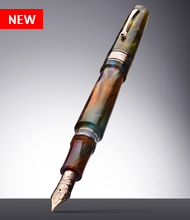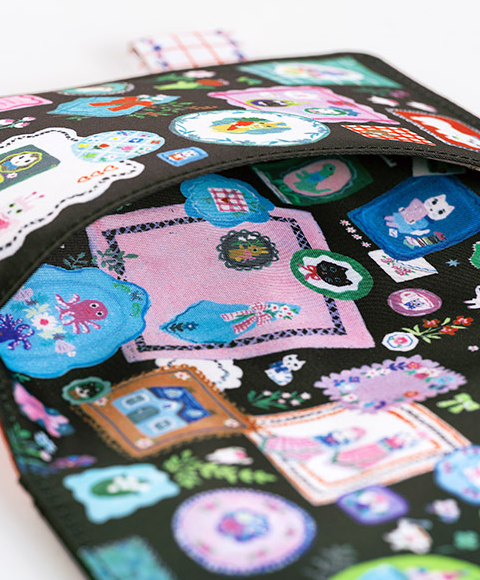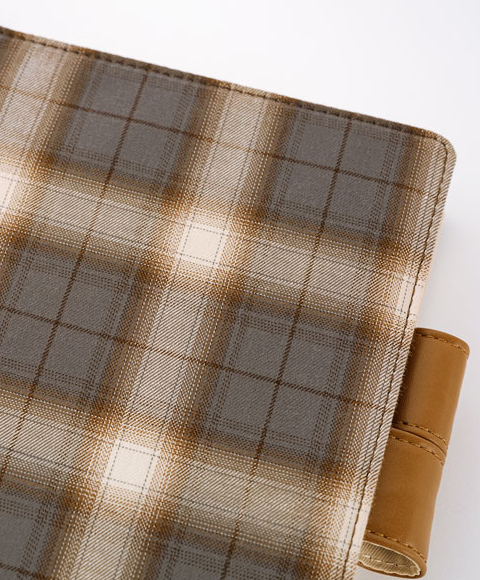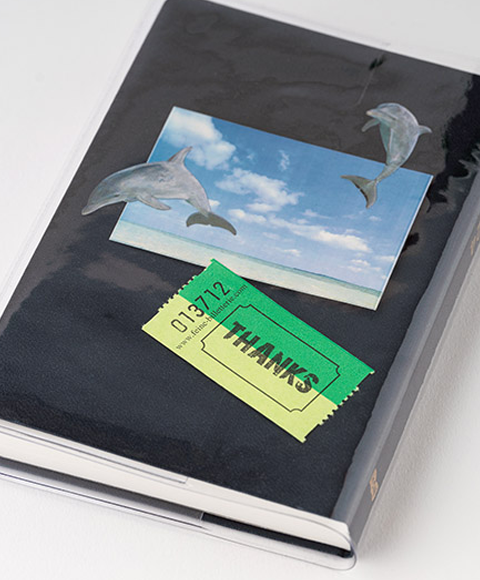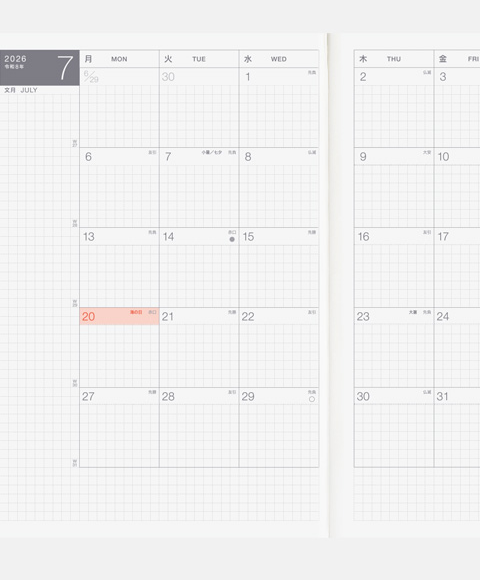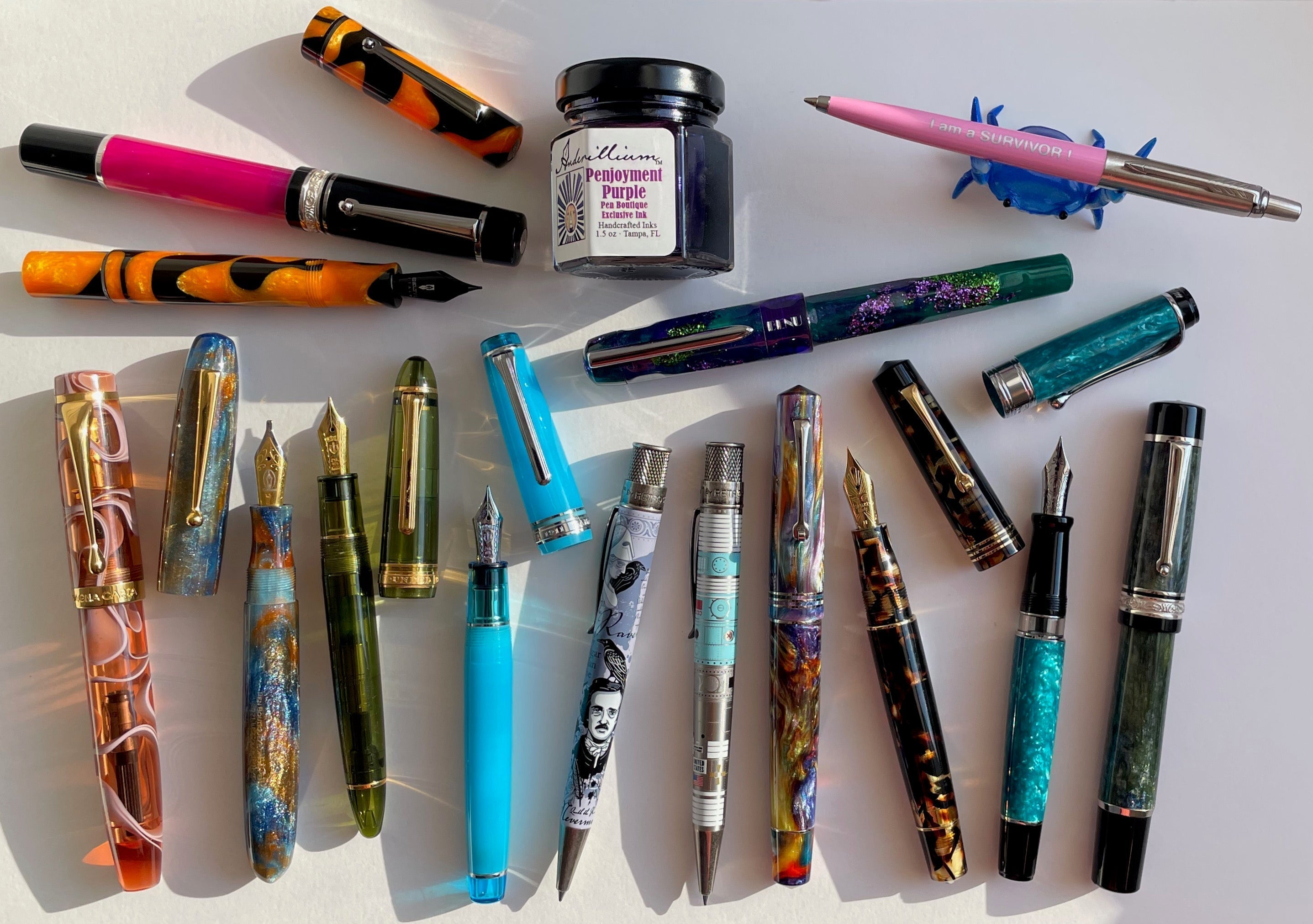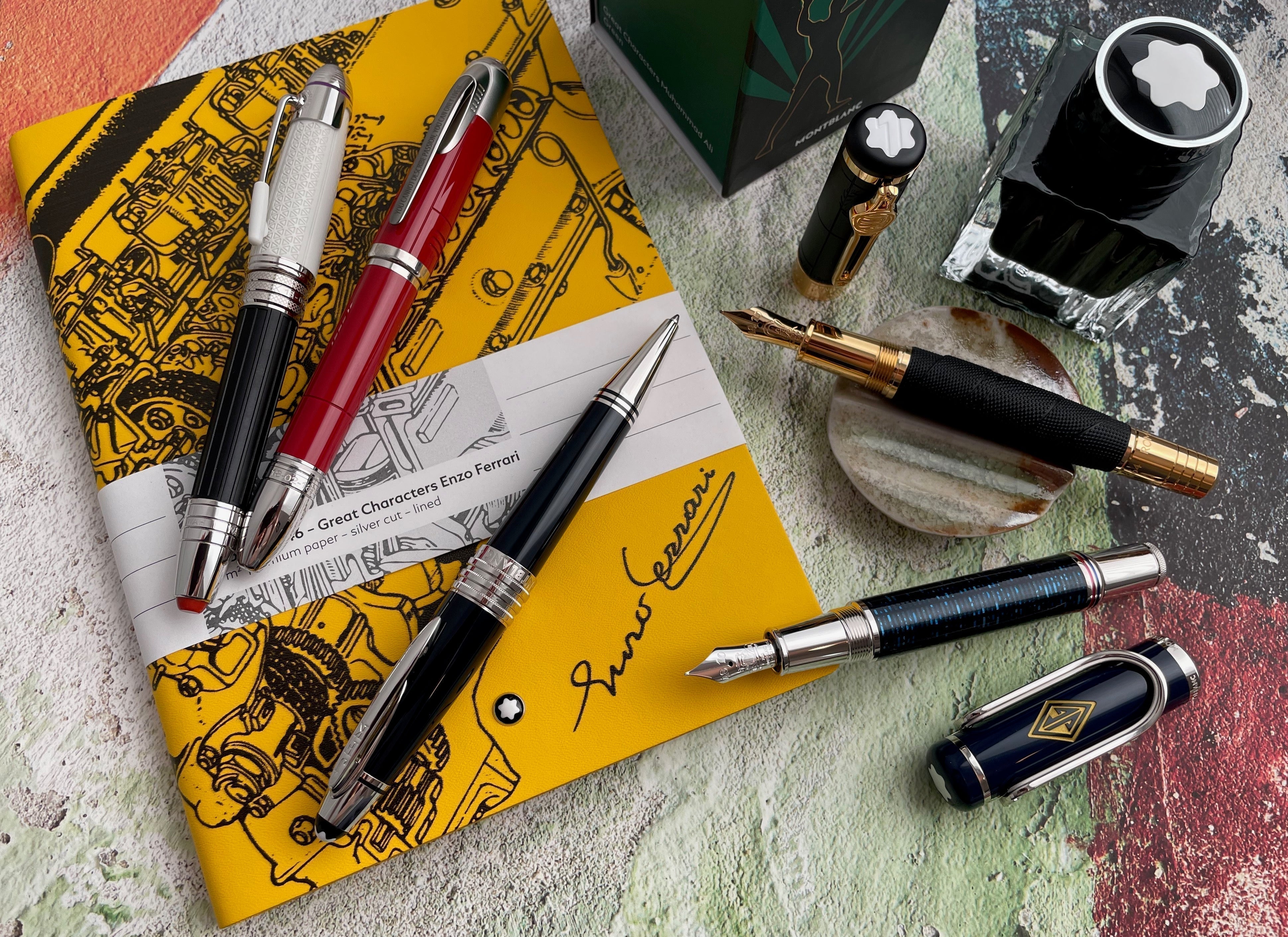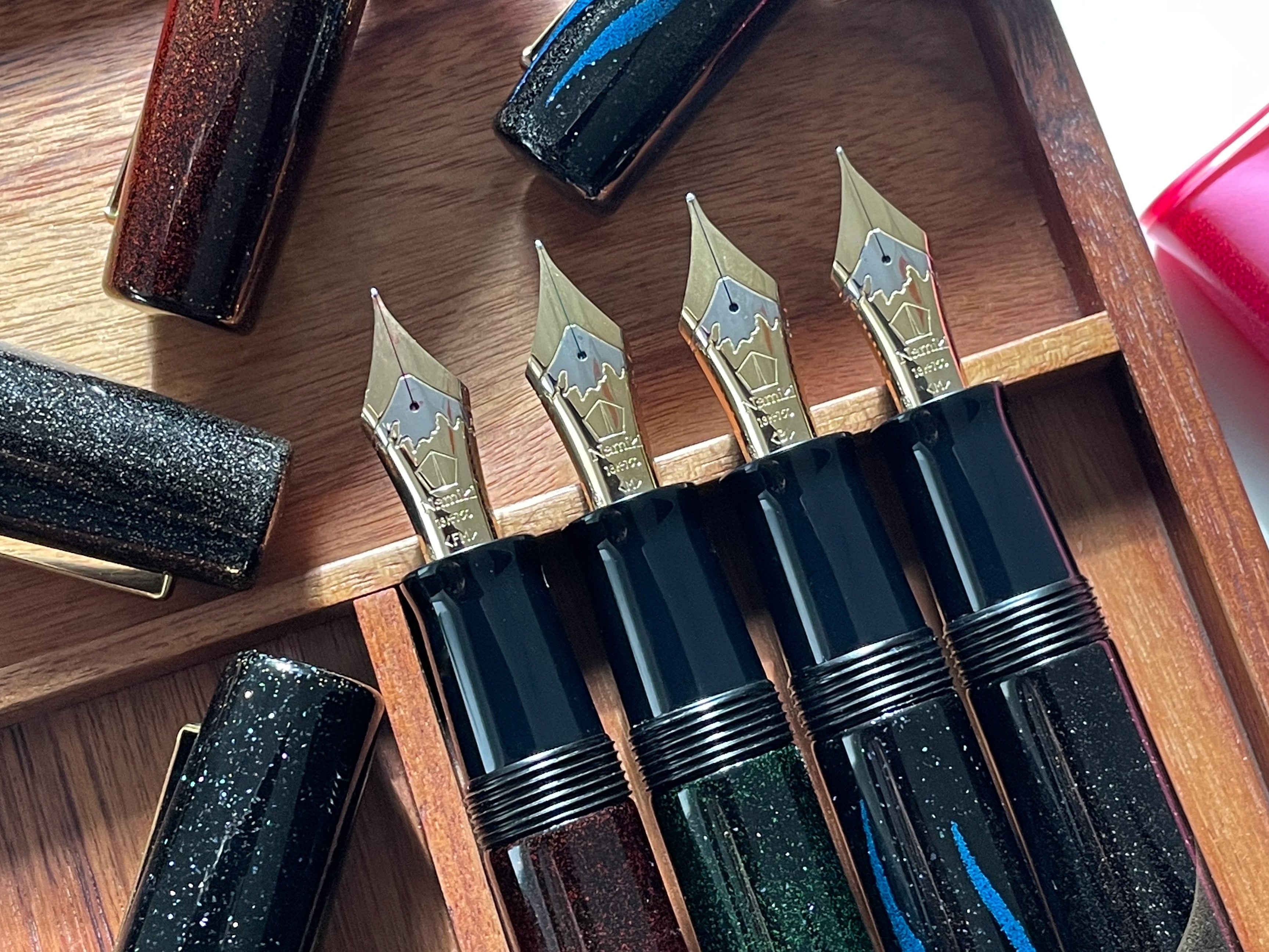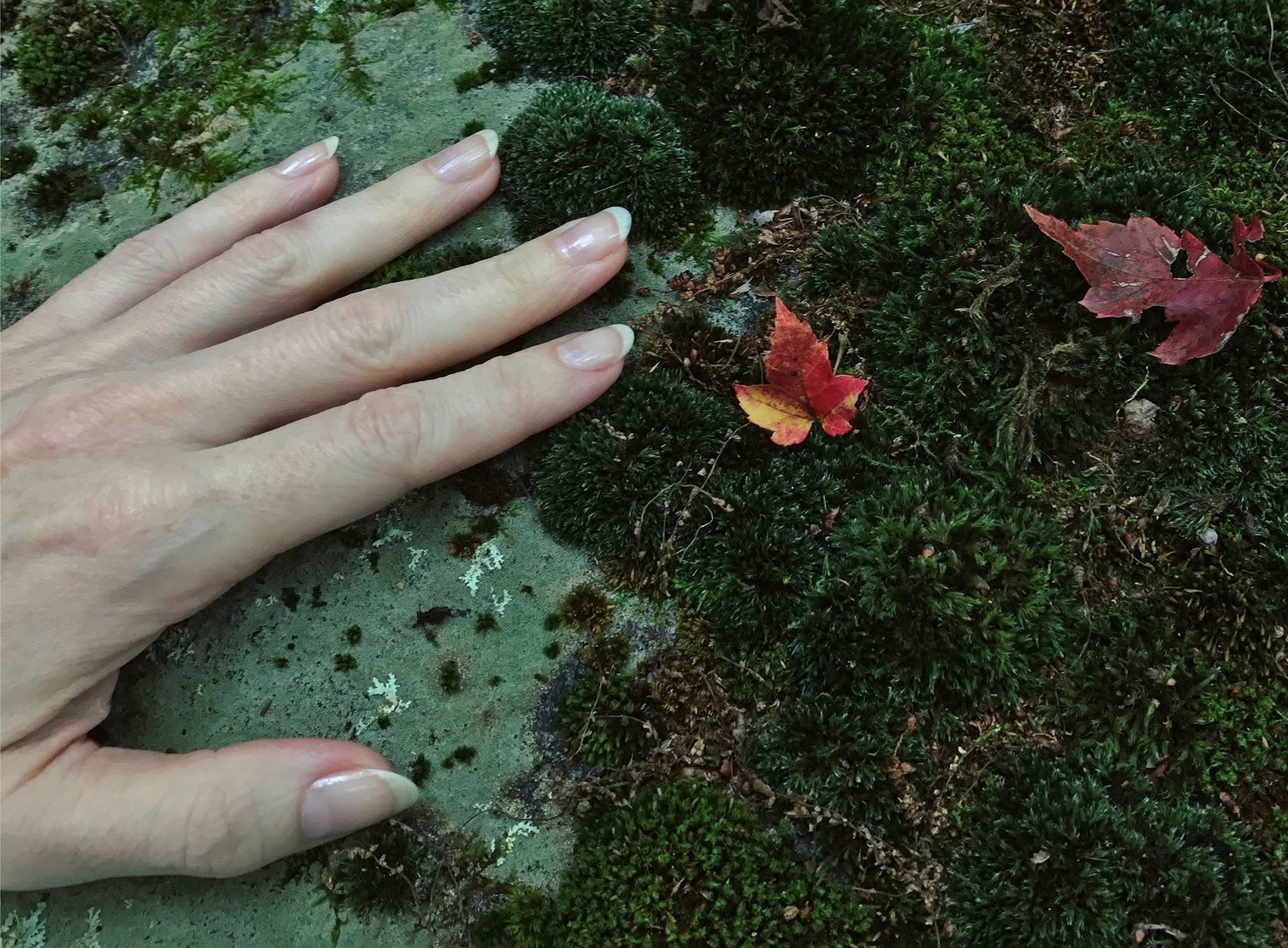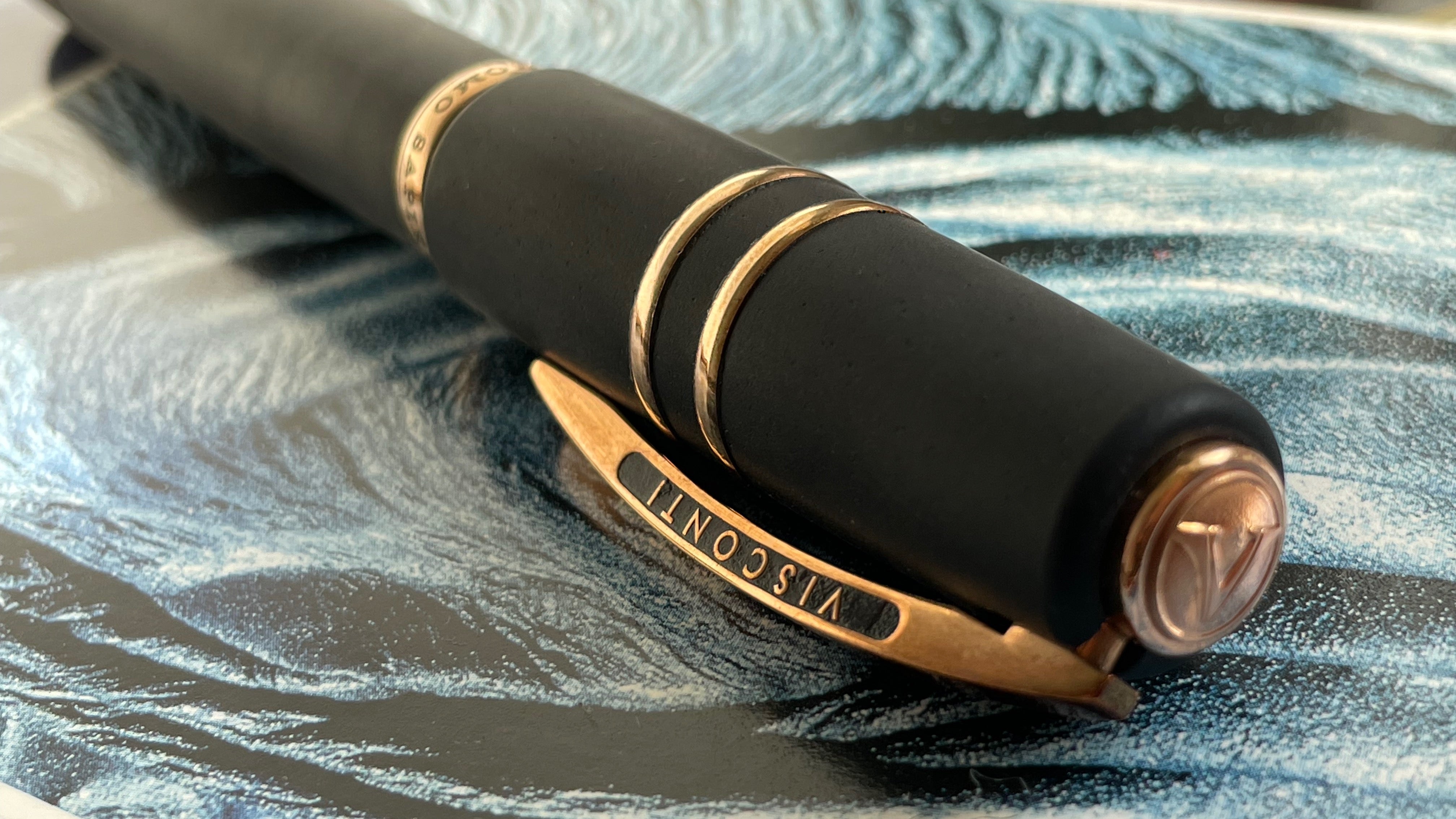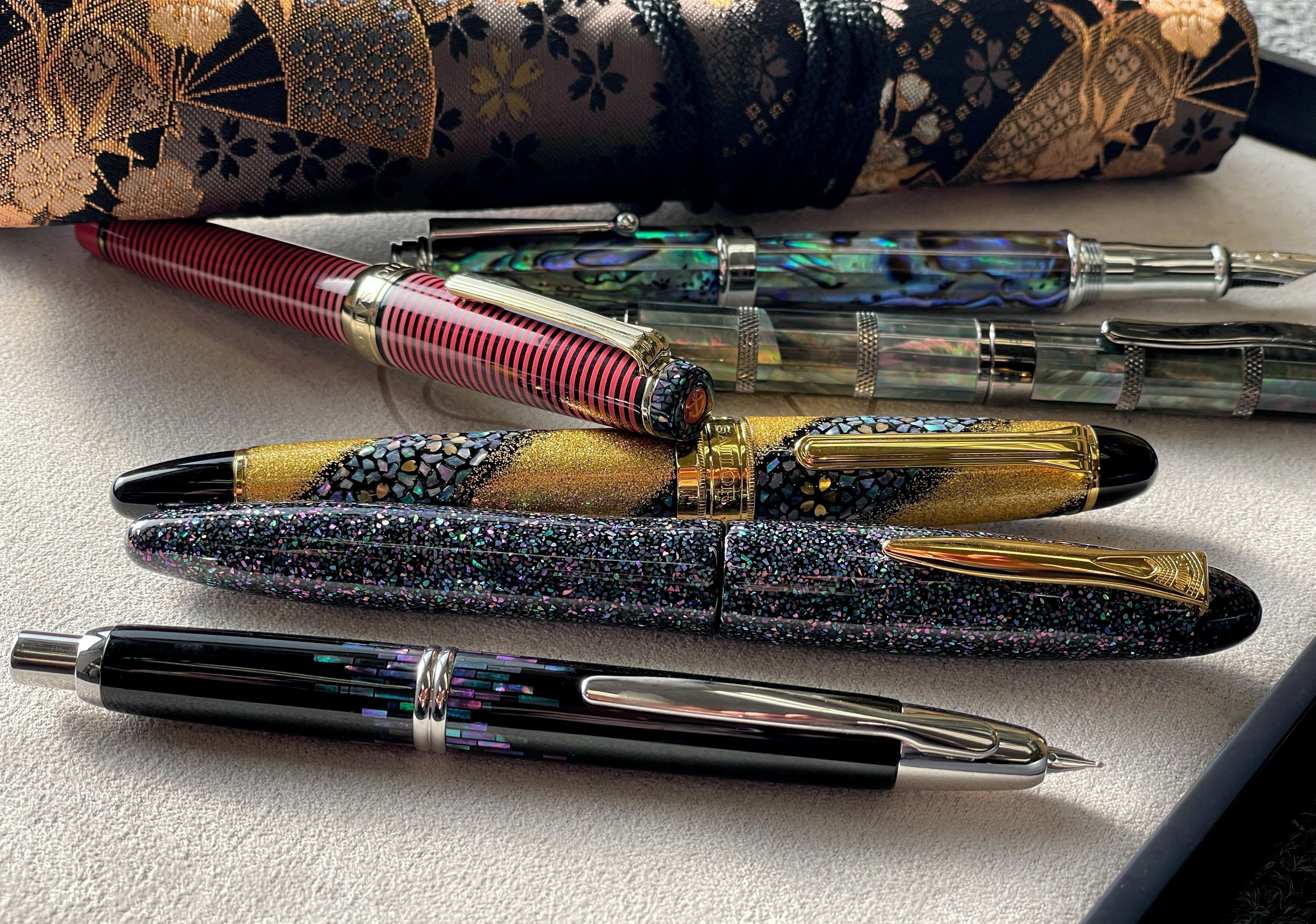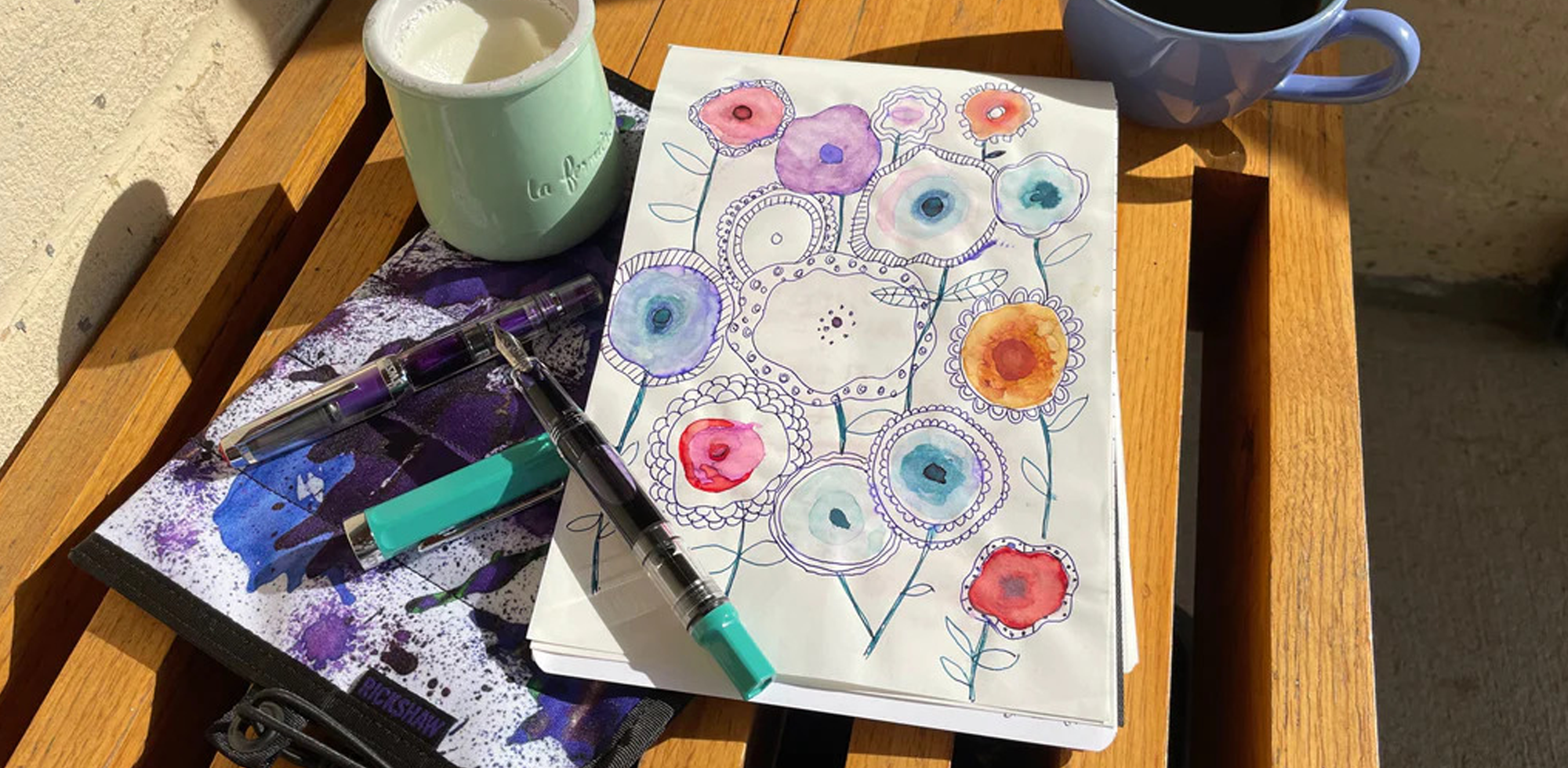With FREE Nib Customization Certificate
David Oscarson Lord Ganesha Rollerball Pen - Saffron
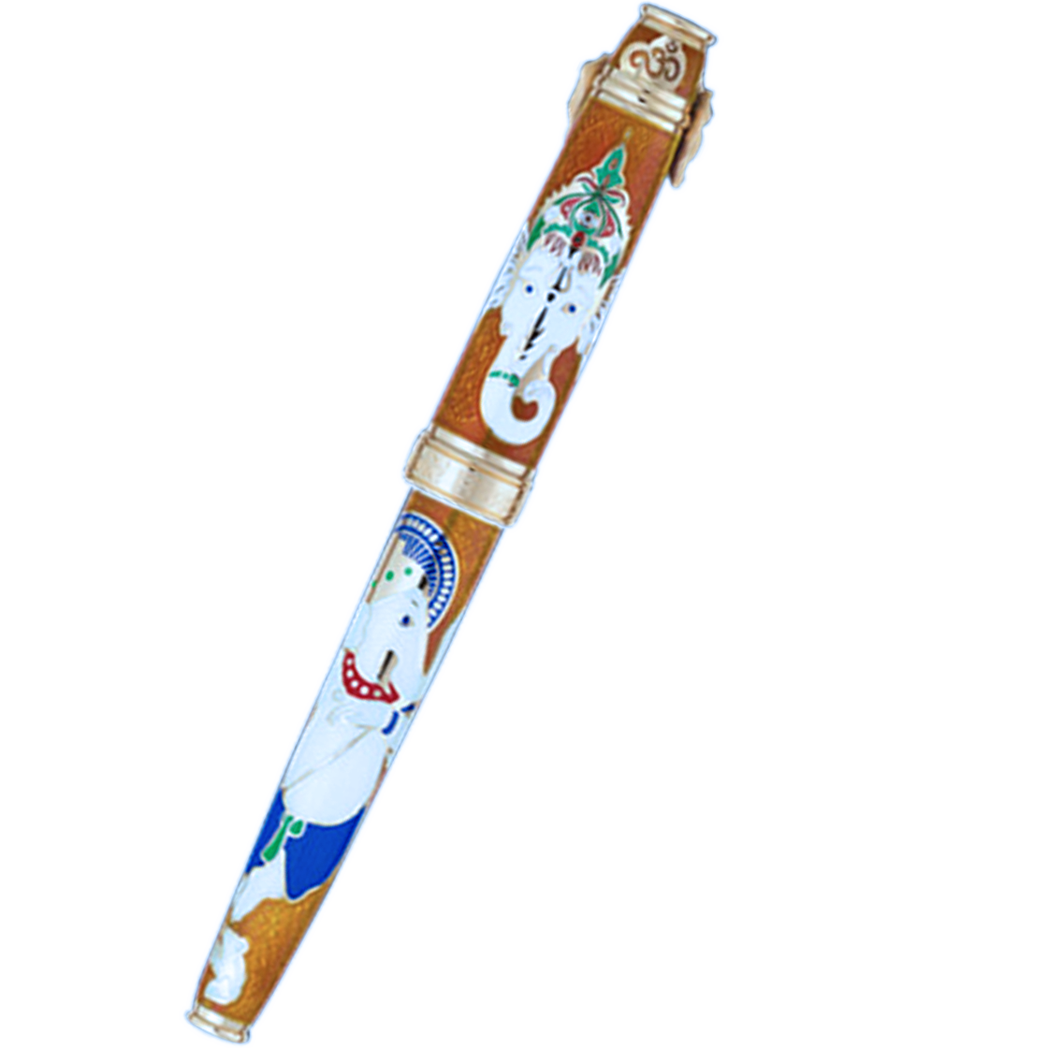
David Oscarson Lord Ganesha Rollerball Pen - Saffron
To see your special product price, add this item to your cart. You can always remove it later.
What's this?
Our price is lower than the manufacturer's "minimum advertised price." As a result, please add to cart to see the special price.
You have no obligation to purchase the product once you know the price. You can simply remove the item from your cart.
Choose options
Please watch the product video by selecting the WATCH VIDEOS tab
108 pieces only worldwide
Reach the supreme state of human perfection with Lord Ganesha commanding your writing in a calm, composed and tranquil manner mastering obstacles.
Lord of the masses. Lord of all beings. Lord Ganesha is the first son of Lord Shiva; one who has realized Reality and discovered Godhood in himself.
In Hindu mythological literature, Ganesha is described as having a human form with an elephant’s head. One of his tusks is broken. He has a conspicuously large stomach and sits with one leg folded in. At his feet lies a variety of food with a rat looking up at him as if asking for permission to eat. This mystical form of Ganesha represents deep philosophical significance and the path to reach the supreme state of human perfection.
The depiction of Lord Ganesha is rich in symbolism. The large head and ears symbolically represent the ability to listen to eternal truths and to reflect on them independently with great introspection, resulting in supreme wisdom.
The trunk represents intellect and the ability to discern between the gross (discerning ability within the material realm) and the subtle (discerning ability within the spiritual realm). The trunk can perform gross/massive feats such as uprooting a centuries-old tree with deeply grounded roots, but can also perform very subtle actions with great finesse, such as picking up a blade of grass.
Achieving the ultimate state of human perfection requires discipline to stay unaffected by the dualities and opposites in life. The broken and unbroken tusks symbolize these opposing forces; the likes and dislikes that man strives to overcome.
Ganesha’s large belly conveys that a Man of Perfection can consume and digest whatever experiences he undergoes; heat or cold, war or peace, birth or death. He maintains an unaffected grace in and through the fluctuations of the world, digesting all experiences – good and bad – in a calm, composed and tranquil manner.
The crossing of one leg has two meanings: the leg on the ground indicates a connection to the world while the other is ever rooted in a single-pointed concentration on the supreme Reality.
At Ganesha’s feet is spread an abundance of food, representing material wealth, power and prosperity, all of which can be achieved by following the highest principles of living, but towards which Ganesha shows an attitude of indifference.
Beside the food is a tiny rat looking up towards Ganesha, waiting for the master’s permission to partake. The rat represents desire. With his small mouth and tiny teeth, the rat is still the greediest of all animals, known for its greed and its affinity towards hoarding more than it requires. He is a reminder that the innate desires in a perfect man must be completely mastered.
Lord Ganesha has four arms, representing the mind, intellect, ego and conditioned consciousness. In one hand, he holds an axe, symbolizing the destruction of all desires. In another, he holds a rope, which is meant to pull the seeker out of his worldly entanglements. In the third hand, he holds a rice ball, or modaka, representing the joyous rewards of spiritual seeking. In the fourth hand he holds a lotus, or padama, representing the supreme goal of evolution, drawing the attention of all seekers to aspire to a supreme state of reality through proper spiritual practices.
Achieving the ultimate state of human perfection requires discipline and eagerness to listen to eternal truths and to reflect upon them independently with great introspection.
The Sanskrit text around the gripping section of the Lord Ganesha collection reads (loosely translated):
O Lord Ganesha
One with the curved trunk
One with the immense form,
One whose radiance is more brilliant than 10 million suns,
Please bless me so that my actions and my undertakings may be free from all obstacles.
In ancient India, the supreme ultimate reality (God) was known as Brahman. Seeking and becoming one with the Brahman was the ultimate goal for those pursuing the spiritual path. The word OM (or AUM) was a symbol of this supreme ultimate reality. The Om symbol is repeated three times around the cap of the Ganesha collection while a trident adorns the top of the crown.
The Lord Ganesha Collection is the thirty-first in the David Oscarson™ series of Limited Edition writing instruments and each limited to production of 108 pieces
| Brand | David-Oscarson |
| Cap can post | No |
| Cap Mechanism | Screw Cap |
| Colors | Saffron |
| Complimentary | Packaged in a Gift Box |
| Filling Mechanism | Refill |
| Grip Material | Gold Vermeil |
| Has Clip | Yes |
| Material | Hard Enamel (Saffron & Opaque White) |
| Refills & Inks | Standard Rollerball Refill |
| Retractable | No |
| Series | David Oscarson Limited Edition |
| Special Features | Lord Ganesha enameled hard in saffron and opaque white in gold vermeil finesse. Masterpieces 108 only worldwide. |
| Trims | Gold Vermeil |
| Type | Rollerball |
| Warranty | From Generation to Generation.. |

